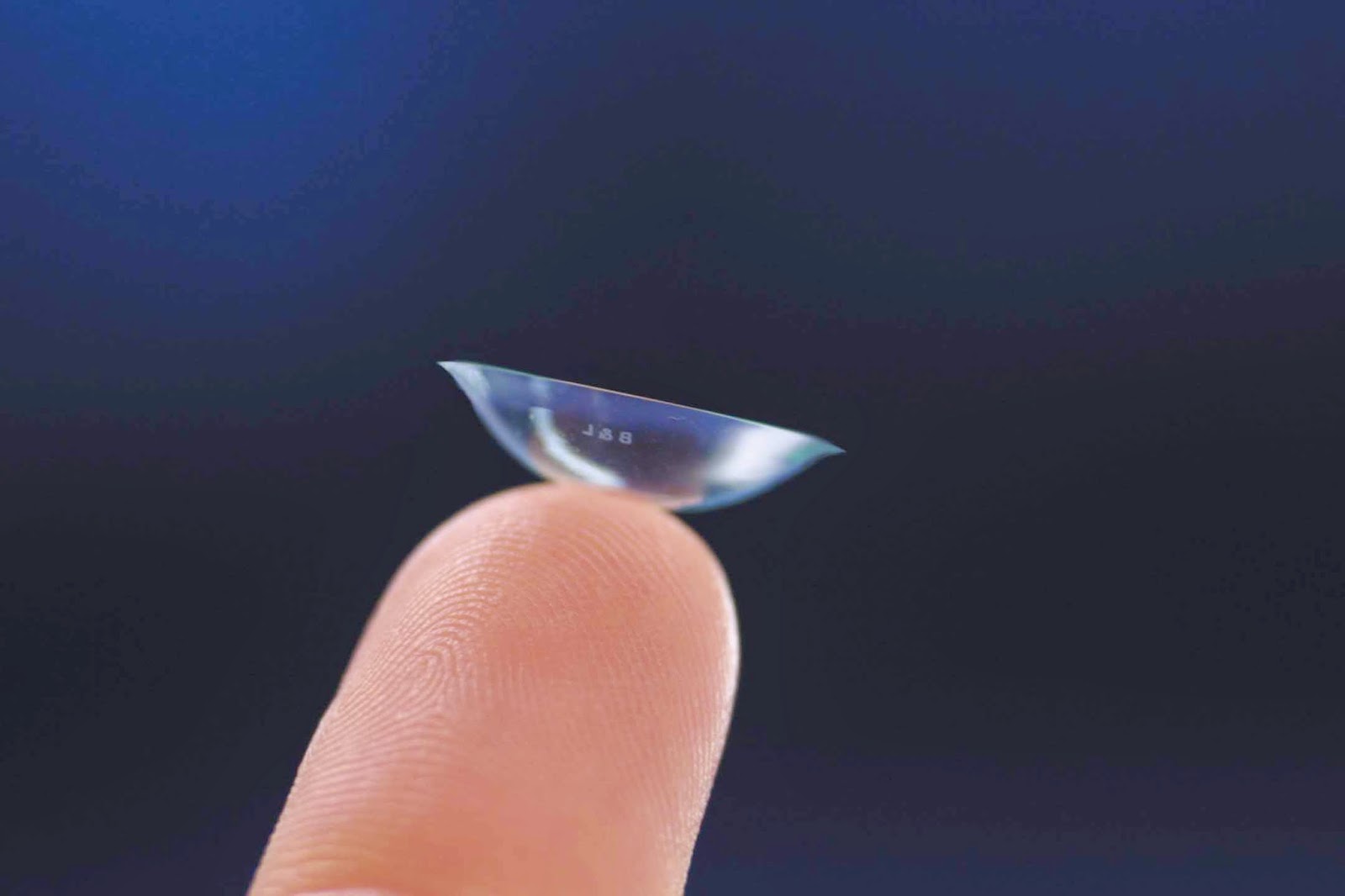Contact lens is a thin clear lens placed on the surface of the eye. That lens
makes the ability of vision. Cornea is act as the lens of the eye.
The light comes from the object are first focused by the cornea. By
adjusting the size of the pupil, the iris control the amount of light
entered into the eye. The crystalline lens which placed behind the
pupil then focuses the light. Both the cornea and the crystalline
lens focused and light reaches to the retina. This converts the light
into signals and transmits to brain which control sense of sight.
This is the purpose happens behind the vision.
Some
artificial contact lenses perform the function of the cornea in the
eye when cornea get damaged. They help to correct refractive errors
and perform this function by adding or subtracting focusing power to
the eye's cornea and lens. Contact lenses provide a safe and
effective way to correct vision . Depending on eyes and lifestyle
they can offer a good alternative to eyeglasses.
Contact Lenses are used to correct different problems such as :
- Myopia : It is the condition that can see near object but is difficult to see distant object.
- Hyperopia :The condition that can see the distant object but cannot see the nearest object.
- Astigmatism : It is an optical defect in which vision is blurred due to the inability of the optics of the eye to focus a point object into a sharp focused image on the retina
- Presbyopia : It is the blurred vision while reading books or working at the computer.
Types of Contact Lenses
1.
Soft Contact Lenses
These
lenses are made of soft plastic. They are more comfortable and allow
the air passage through the cornea of eye. Soft contact lenses are
easy to adjust.
2.
Rigid Gas Permeable Contact Lenses
It
provides clear vision and they are durable. So they last more than
the soft contact lenses and less expensive. They are easy to handle.
Initially they are not comfortable.
3.
Extended Wear Contact Lenses
It
can be used for the continuous use. They are made of soft plastic. So
they are usually soft contact lenses.
4.
Disposable Contact Lenses
Some
of the soft contact lenses are disposable. When remove lenses, make
sure to clean and disinfect them properly before reinserting. And
should replace after the prescribed time.
There
are different risk factors with the contact lenses while wearing.
Misuse of the contact lenses lead temporary or permanent damage to
cornea. If the contact lenses are used overnight , have great chance
for infection of the cornea.
The
people who need the vision correction can wear the contact lenses.
But avoid the use of contact lenses if have the following conditions
:
- Frequent eye infections
- Severe allergies
- Dry eye
- Dusty work environment
- Inability to care for the lenses properly
Care the Contact Lenses
- Contact lenses must be properly cleaned and disinfected when you remove them.
- All contact lens cases should be cleaned daily.
- Never reuse contact lens solution
- Dispose of contact lens solution in the lens case after each use and let the case air dry.
- Do not put your lens in your mouth and then in your eye.
AmritHospital Provides You solution for all the Eye problems with Latest
Technologies and Expert Eye Specialist in Chennai.
Mail Us : amrithospitalchennai@gmail.com










